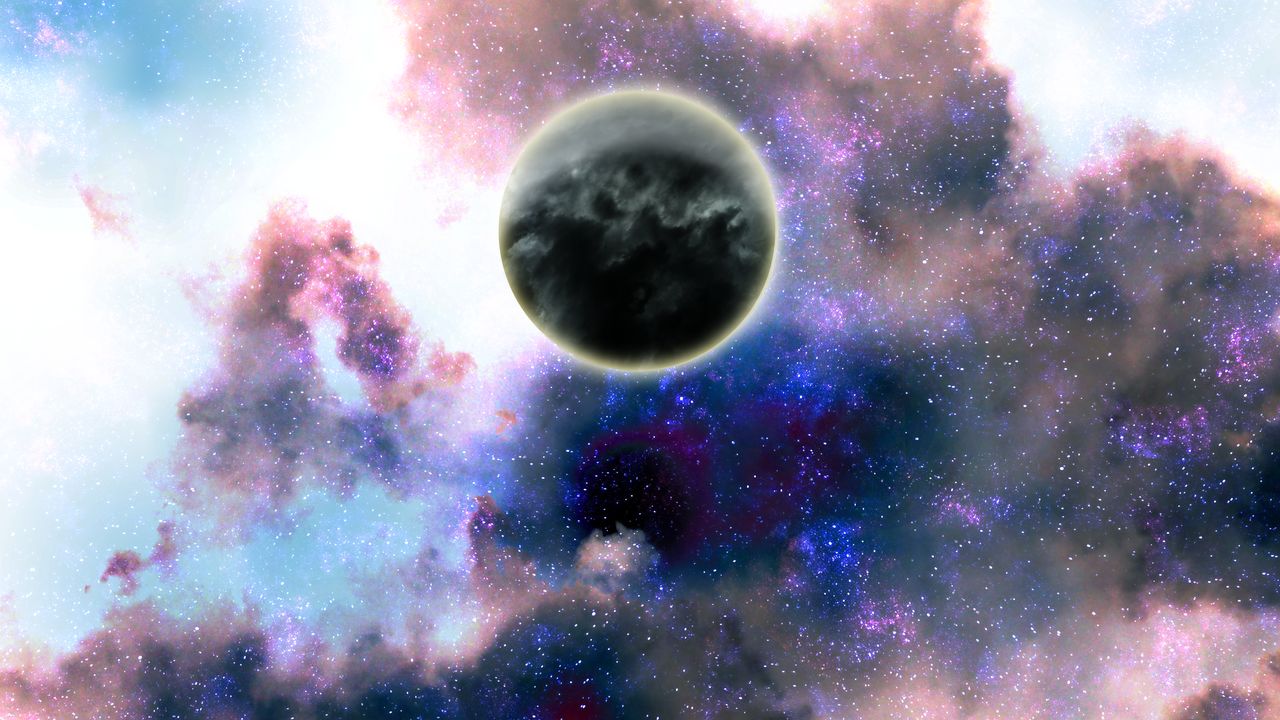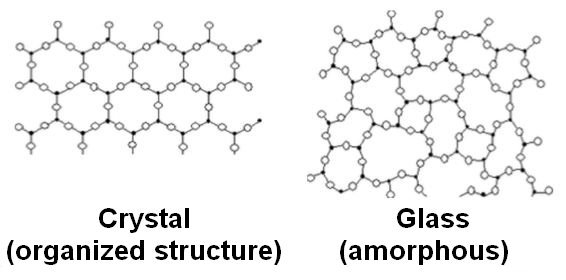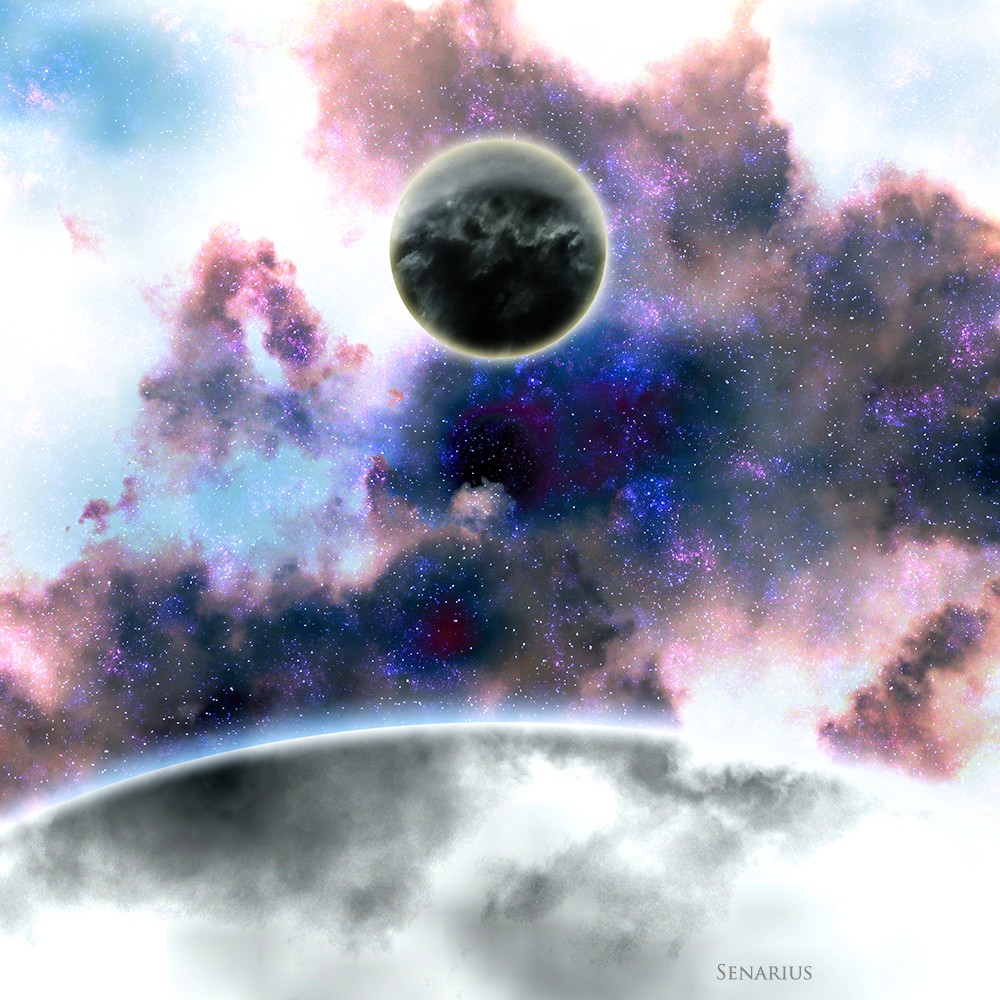
A black planet, and then ?
Sci-Fi Places : draw inspiration from science to imagine extraordinary worlds.
A little bit of dream
Among the imaginary planets, the dark planet might seem uninteresting. Yet its surface is completely smooth, like a marble, with a glassy appearance. In reality, it is made up entirely of obsidian, in one block. Which makes it a glass planet.
Obsidian is a dark to black colored glass, due to the presence of traces of iron and magnesium in a mass of silica. It can be slightly transparent on small thicknesses. Thus, the sunrises are particularly spectacular on the black planet. The sun appears visible just below the horizon. Because light passes through the surface layer of the planet to show distorted images of the sun, as seen through distorting glass.
Obsidian also has a black mirror effect. At night, we can therefore see the reflection of the starry sky on the dark surface. But then we observe a strange vision of a second starry sky even darker under our feet, giving the impression of flying between two skies.
Note that the black planet is a young planet. Because its surface is smooth, and has not yet been impacted by falling meteorites causing craters.
A little bit of Science
A glass is a solid in which the atoms are not organized (amorphous). Their arrangement recalls that of atoms in a liquid which would have been quickly frozen (without order). On the contrary, in a crystal, the atoms are organized into strict repeating geometric structures. Each atom occupies a precise place in relation to its neighbors.

Therefore, crystallization is a slow phenomenon. The liquid molten mass containing the atoms must be slowly cooled. Because atoms need time to move in matter (diffuse), to place themselves, and to organize themselves into a crystalline structure.
Glass is obtained by rapidly cooling a molten material. Thus, atoms do not have time to move, and freeze in their anarchic positions. But how do you cool an entire planet all at once ?
We must turn to another phenomenon. Indeed, obsidian does not come from rapid cooling. It is an acid lava very rich in SiO2 (over 60%). This chemical composition increases its ability to polymerize, and therefore its viscosity. The more viscous the material, the less the atoms can diffuse to recombine into a crystal structure. Obsidian can therefore vitrify in the mass, over large dimensions.
The dark planet could have formed on the same principle, on a larger scale.
Artist’s views of the dark planet
Find all Space Art creations and astronomy decoration on the Senarius store.
Sources :

